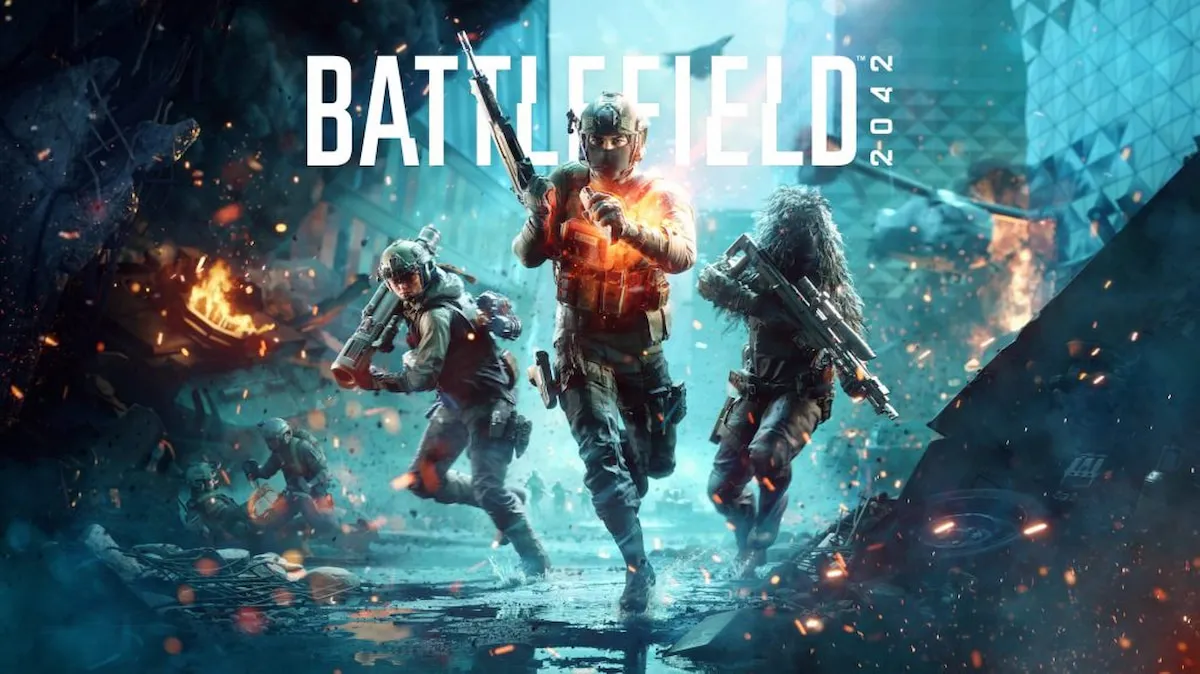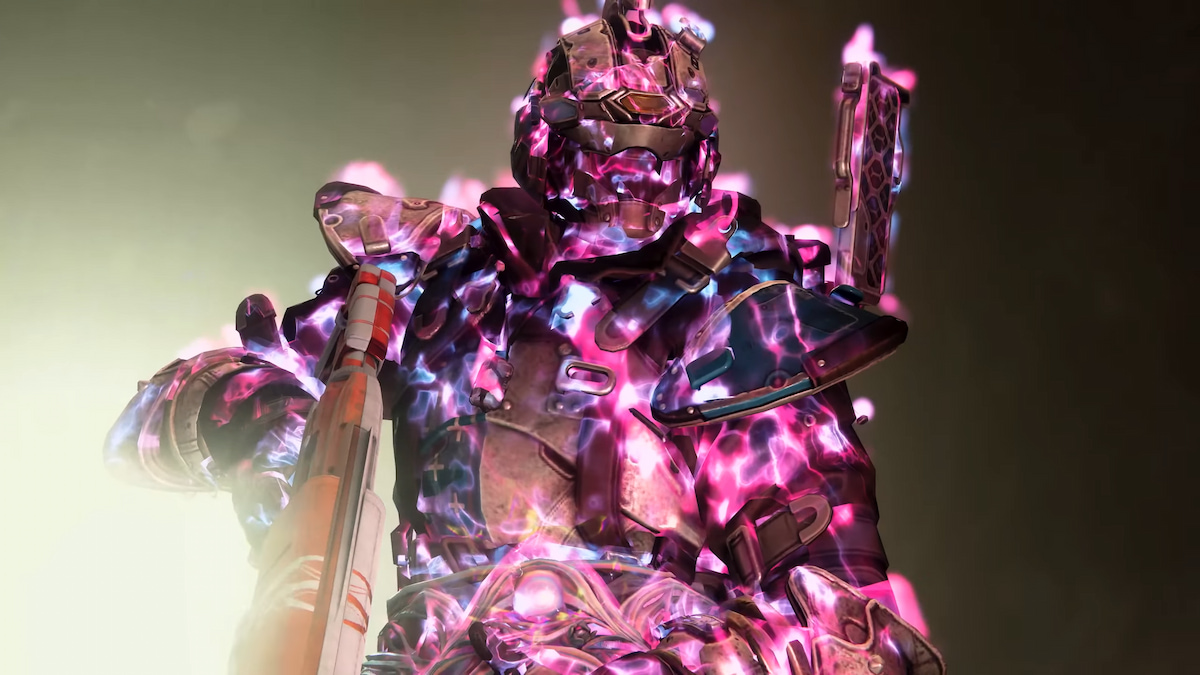Turn 10 is back and Forza Motorsport is better than ever before – bigger, newer, shinier and with a whole host of technical achievements to enjoy both in terms of the visuals and the core driving simulation.
Upon first loading up the game, you may be forgiven for thinking that little has changed from 2009’s Forza Motorsport 3. The revelatory boost in the quality of the car models and environments between the last two games simply couldn’t be replicated to anything like the same scale – and we’re probably right in thinking that the new game shares much with its predecessor in terms of environments and existing car models. The Xbox 360 is now a mature platform, developers are highly familiar with the architecture and it’s safe to say that generational leaps in quality are no longer possible.
However, the iterative improvements Turn 10 has made to its engine are hugely impressive nonetheless. From a rendering perspective, the game still operates at native 720p, but the locked 2x multi-sample anti-aliasing of the previous Forza titles has been altered to allow for an improved 4x MSAA implementation which we think is tied into the game mode selected: time-trial gives better edge-smoothing, while the more processing intensive race modes seem to be using the same 2x solution.
While we would have loved a locked 4x in all game modes, the chances are that the processing cycles simply weren’t there to spare. In single-player we’ve seen up to 12 cars being supported so far, while online moves that up to 16. There are also further modes available such as the Track Day, which dynamically generates new cars and allocates them around the track, effectively giving you an “unlimited” amount of rivals to pass. Whichever way you slice it, that’s a substantial improvement over the eight cars supported in the last game.
There are no major surprises from Forza 4 in terms of the performance – Turn 10 has always targeted a locked 60 frames per second with v-sync engaged, and the new game is no exception to the rule. Below, in our first 60FPS streaming video, we demonstrate a selected montage of action from six different races. The idea here is to give the in-game engine a bit of a workout by switching between views, causing a few crashes and seeing if anything at all will cause that frame-rate to take a hit.
The performance profile is identical to Forza Motorsport 3. Remarkably, the engine does not drop a single frame during general gameplay and never loses v-sync, meaning that there is absolutely no tearing whatsoever. The only time 60FPS is ever compromised is when the player switches cameras: there’s the small chance that you’ll drop a frame – a singular frame, invisible to the human eye.
For Turn 10 to have achieved this level of fidelity in its graphics, physics and AI and for it to consistently meet that 16.66ms rendering budget is a milestone of engineering on the Xbox 360 platform. For it to be achieved with a significant boost in the amount of cars being simulated is phenomenal.
However it is clear that the developers needed to compromise in certain areas in order to make this all possible. In last week’s Rage Face-Off we saw how id software dynamically dropped horizontal resolution on both platforms in order to maintain a pretty solid 60FPS. Turn 10 also appear to be employing a load balancing mechanism which is a touch more subtle: while gameplay operates with a locked 60Hz update, rear view mirrors and reflections on the car are decoupled from the main renderer and refresh at arbitrary frame-rates: dropping to 30 frames per second if things are really being pushed.
These are worthwhile, if occasionally distracting compromises and it illustrates that the developers are perhaps finally reaching the limits of what it can do from a technical perspective on the Xbox 360. Bearing in mind that the engine is now capable of handling twice as many cars as it did in the last game in combination with the new lighting, it is easily forgivable.
There are some other changes too, specifically in terms of environmental detail: while all of tracks from Forza 3 (bar two) have made their way across to the new game, the team have taken the opportunity to “remix” the circuits slightly. Detail appears to have been removed in some places, and added in others. You can’t help but wonder whether this had something to do with the optimisation effort.
Similar to its predecessor (and indeed, GT5), Turn 10 again opts to cap frame-rate to 30 frames per second in the replays and the extra rendering time gives the developer the ability to pull back on its LODs and allow very high detail artwork to be utilised in real-time. Just like the gameplay, that frame-rate is absolutely rock-solid, and the quality of the presentation is remarkable. Perhaps some higher quality motion blur could have helped to give a smoother look to the visuals, but the overall look of so many cars running at such a high detail level (especially in the “fantasy” environments) does look quite beautiful, and it’s as good an excuse as any to check out the enhancements to the lighting system that the developer has introduced with the new game.
The changes made to the lighting model in Forza 4 are perhaps the most immediately noticeable graphical upgrade. There’s a very strong impression that an HDR model has been employed, but the key enhancement is that Turn 10 has opted for image-based lighting to ensure that its cars sit perfectly within the environments. It’s an idea that was first utilised in Criterion Games’ brilliant Need for Speed: Hot Pursuit, and regular Digital Foundry readers will recall senior engineer Alex Fry’s description of how IBL works.
“Image-based lighting basically means that the cars are lit by the image of the environment around them. So if you put that car anywhere in the world, it will be lit correctly. You haven’t got to fake it, you haven’t got to bake it. The cars are totally real-time image-based lit. That’s one of the reasons they look good,” Fry told us.
In concert with the phenomenally well-detailed car models we see in Forza Motorsport 4, the result can be quite beautiful. Image-based lighting relies a great deal on the quality of surrounding environments, and it’s safe to say that Turn 10 can really deliver here – especially in its more challenging circuits such as the Bernese Alps and Camino Viejo de Montserrat.
To illustrate how good the effect is, the developer has even adjusted its pre-race attract sequence from the rolling vistas of Forza 3 to a series of shots that emphasise how good the cars look with the lighting scheme. The pre-race shots of the car in profile from Forza 3 have also been jettisoned in favour of cut-scenes that demonstrate how multiple cars look with the new lighting in effect.
While the system is clearly a major upgrade from Forza 3 – which often looks rather flat in comparison – there are some drawbacks. Firstly, Turn 10 does not appear to have implemented a filmic tone-map, which limits the dynamic range of the lighting and can lead to both black and white crush.
Secondly, unlike Need for Speed: Hot Pursuit (which in fairness, is running at a locked 30FPS), lighting in the environments appears to be “baked in” – pre-rendered, in effect. This means that while the overall look is quite beautiful, light sources are in fixed positions and do not move. So, the passing time of day and the dynamic lighting effects we see in games like Gran Turismo 5 are not present in Forza Motorsport 4. There are 26 circuits available in the Free Play mode of Forza 4, featuring 114 variations of which 30 are the same track running at a different time of day. Sunrise, day-time and sunset settings are available, although an “overcast” setting also crops up on the Top Gear circuit- but there’s no night-time racing.
“With IBL, supporting the general look of night is not particularly hard. However, we take frame rate pretty seriously – we believe that having a solid 60 frames per second (FPS) experience with no tearing is very important for a simulation racing game,” Turn 10 creative director Dan Greenawalt told ForzaMotorsport.net.
“Delivering night is about more than just getting the general look right. As we found on the original Forza Motorsport, having multiple headlight projections with multiple cast shadows is computationally heavy – even using clever tricks like we did on the less powerful original Xbox platform. This makes delivering a strong night racing experience very difficult at 60FPS without significant compromise.”
The unyielding adherence to the 60FPS target frame-rate also rules out wet weather racing too, but Turn 10 also cites the lack of available data as a reason behind its omission from Forza 4.
“Regarding weather conditions, we do simulate different track temperatures. However, we did not get tyre data for wet conditions from our tire partners at Pirelli. We do have SAE data about wet conditions, but it’s nowhere near as comprehensive as our Pirelli data. In order to simulate wet correctly, we’d like to get custom real-world test data to input into our system,” Greenawalt continues.
“Of course, physics isn’t the only difficult aspect of delivering wet conditions. Creating believable weather effects also depends upon gobs of particles and lots of shiny, reflective surfaces. There are several tricks for doing this, but it would still have made delivering the new graphical fidelity of FM4 at a solid 60 FPS nearly impossible in our development timeframe.”
So how has Turn 10 spent the last couple of years, aside from improving its rendering spec? Of course, there’s a boost in terms of basic content: the new Forza features 500 cars, with 410 of them are carried over from the last game and its DLC packs – while 90 are brand new. Five new tracks have been added, with the new “fantasy” Alps track (featured in the playable demo) once again demonstrating the kind of lush visuals the engine is capable of rendering away from the more sterile real-life circuits. Unfortunately two circuits – New York and Sidewinder – have been removed, with Turn 10 saying that they did not play nicely with its new engine spec.
In addition to the new content, Turn 10 has refocused its efforts on the quality and fidelity of its handling. A new partnership with Pirelli has resulted in a radically improved take on the tyre simulation, while steering and suspension have also been retooled, and more work has been done on the game’s dynamic camera to better emphasis the effect of driving at speed over bumpy surfaces.
The bottom line is that the fundamentals of the Forza Motorsport 3 handling model remain, but the refinements made for the sequel have a subtle, but effective improvement on the feeling of the cars themselves.
Other enhancements suggest that Turn 10 is looking to extend its reach beyond the hardcore. The Top Gear tie-in is far closer than it is in GT5, with more in the way of non-racing based challenges, plus the reasonably priced car is included in the roster too. In the video above, you’ll see our first efforts: our unimpressive lap time puts us between Andy Garcia and Alistair Campbell.
In addition to that, there’s also the controversial inclusion of Kinect functionality too. The headline motion-driven interface sees steering reasonably implemented, but the lack of acceleration and brake control makes it feel like a bizarre throwaway novelty rather than any kind of viable replacement control scheme and feels oddly out of place in a focused, core game like Forza Motorsport.
Of more interest is Kinect’s head-tracking support: it makes some minor adjustments to the view in any of the camera modes, but really comes into its own in the cockpit view, where you can turn your head to anticipate corners and look at rear-view and wing mirrors: Kinect tracks both head location and where you’re looking to adjust the in-game perspective but unfortunately it is rather laggy. On the plus side though, Kinect can be relocated to your bedroom/office/study, and can be calibrated to track your head from just a couple of feet away. Indeed, the accuracy of the tracking likely improves for doing so.
Another stand-out addition designed to get the most out of Turn 10’s modelling work is the introduction of the new Autovista mode. The basic idea of being able to check out high-quality CG versions of the game’s vehicles might not sound too exciting (we saw something similar in terms of the basic concept back at the launch of the Xbox 360 in Project Gotham Racing 3) but the execution in Forza Motorsport 4 is really rather special.
The artists’ recreations of the showcased cars are beautiful, but in truth, it’s not just about poly count: Autovista looks uncannily realistic owing to the new lighting techniques and the shader work done on rendering materials: steel, aluminium, cloth, plastics, leather, carbon fibre – there are no low resolution textures to speak of and elements retain fidelity even when viewed just six inches away. Open doors, peer at engines, pore over the interiors and feel the quality, while well-designed HUD elements pop-up with appropriate facts and figures. Each vehicle also includes a Jeremy Clarkson-voiced Top Gear review too. Autovista serves no actual purpose from a gameplay perspective, but it emphasises the work that Turn 10 has put into its cars and it’s a wonderful vehicle for the developer to illustrate the love of motorsport that it shares with its audience.
If there is a criticism to make of the game, it’s that the developers have opted to polish, refine and improve their existing offering as opposed to branching out and creating any stand-out new features for the core driving experience. Turn 10 has zeroed in a specific range of enhancements designed to make the game they’ve already made look better, play better and to further boost the superb Xbox LIVE community features that have defined the series.
This focus ensures that the game is remarkable, but it’s difficult to avoid the conclusion that Polyphony Digital remains the pioneer of the console driving genre in terms of the breadth of racing types being covered. It’s not just about the wet weather or night-time racing modes that Dan Greenawalt discussed earlier – snow and ice conditions are missed and there’s no rallying. However, as with previous Forza games, there is still a great deal of cross-over with Gran Turismo 5 – allowing us to put together this fun comparison of the new game up against the newly patched spec 2.0 version of Polyphony’s title. What we have here is the player using the same car on the same tracks. We’ve tried – with varying level of success – to ensure equivalent amounts of vehicles at any given point.
The comparison is intriguing on a number of levels: it demonstrates that the aesthetic look of the two games is very, very different – especially in terms of the lighting, and that while Forza’s performance level is wholly consistent at 60FPS, GT5 can drop frames and tear, even at 720p (with further frame-rate drops if running in 1080p or 3D modes). Also remarkable is how completely different the audio scheme is between the two games. On these courses at least, there’s a pretty strong argument that Forza has considerably more track detail, but you can make up your own mind with this Forza 4/GT5 comparison gallery.
The overall impression we get from playing both games back-to-back is that each has its own strengths: in terms of the handling and audio Turn 10 could well have moved ahead of its competition while Polyphony’s minute attention to detail (to the point of implementing working headlights/dynamic shadows in the cockpit view) plus the sheer range of different driving scenarios remains second to none. Both titles excel in their own ways – especially in terms of visuals – and we have the feeling that motorsport fans probably own both consoles and are equally invested in both games. We aim to take a look at how these games play with a number of different steering wheel peripherals in a future Digital Foundry hardware article.
So where now for Forza Motorsport? With the Xbox 360’s successor now in development and allegedly slated for an E3 debut next year, will we see another Forza Motorsport on the current platform, or will the developers jump ahead to the next? Could we even see a dual console release for the next game in the series, with appropriate enhancements in place for those invested in Microsoft’s new console? We’re swiftly approaching an exciting time of transition and when we have developers as talented as Turn 10 producing games of this quality on six-year-old hardware, the next-gen possibilities are mouth-watering, to say the least…
Bonus Material: It appears as though Adobe is making progress in getting its Flash player capable of rendering more demanding video, so we’ve prepared 60FPS versions of each of the main videos in this article. Click on the links below, and be sure to press the full-screen button for the smoothest performance. Note that the High/720p HD options run at the standard internet streaming 30 frames per second.




